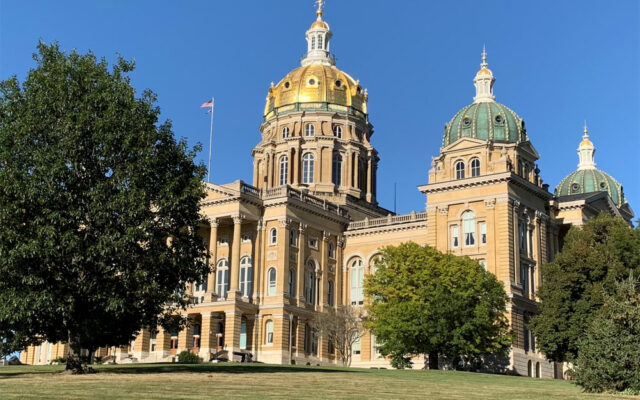Iowans asked to get busy counting bees, please

AMES — The Iowa Department of Natural Resources and Iowa State University are looking for volunteers to help create a new Bumble Bee Atlas.
Bees are an important part of the ecosystem, and scientists are figuring out their habitats to help them thrive.
Iowa is home to at least 14 species of bumble bees that help pollinate native wildflowers and flowering crops in farm fields and backyard gardens.
Iowa State University University Professor of Sustainable Agriculture and plant pathologist Matt O’Neal said the U.S. Fish and Wildlife Service recently listed several bee species as endangered.
“And that includes the Rusty Patch bumble bee,” said O’Neal, “20% of what it used to be, and that includes parts of Iowa. There is also evidence that other bumble species are in decline and so, this survey will give us a chance to see where those bees are and how abundant they are.”
With that information, O’Neal said scientists can work to protect the bees’ habitats and create Iowa’s Bumble Bee Atlas.
It’s part of a larger project to map the bees and foster bee development nationwide. Sign up online to volunteer.
The national project is part of a collaboration with the Xerces Society for Invertebrate Conservation.
Some 900 people have volunteered for the national atlas project, and counted more than 20,000 bumble bees – which O’Neal said face several major threats.
“Pesticide exposure, parasite and pathogens,” said O’Neal, “and then the last ‘P,’ and probably the most important, is poor forage.”
The researchers will work to alleviate those threats by knowing where the bees are.
Volunteers have discovered species thought to be gone from their states, contributed to new field guides, and improved scientists’ understanding of bumble bee populations across the country.



